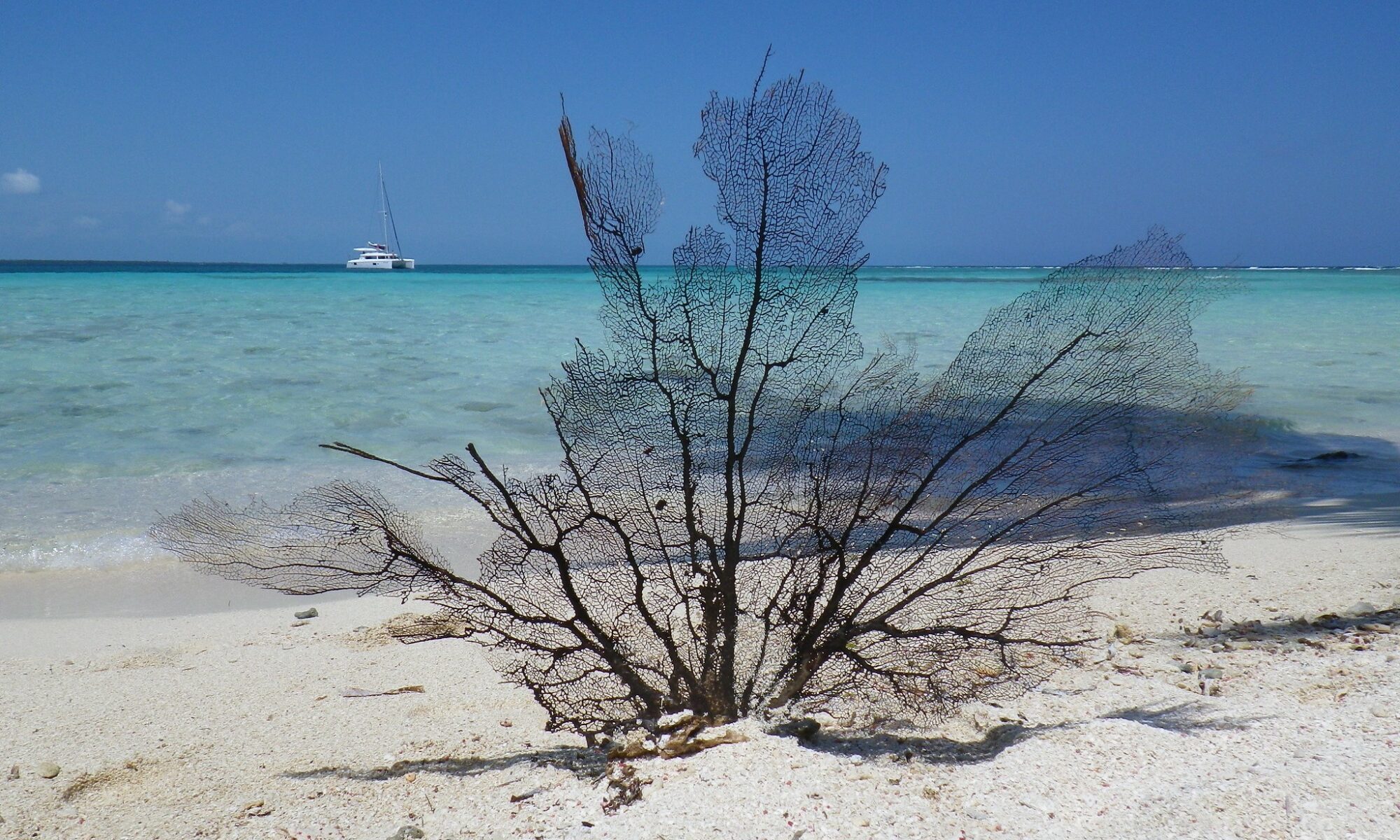By Arınç Onat Kılıç Debt and Green Transition blog series
When we think of debt, we cannot overlook the role it plays in the blue economy. There is an increasing emphasis on the importance of making financial flows consistent with improving ocean ecosystems, along with the recognition of the role oceans and seas play in climate change mitigation and adaptation. Through the efforts of financing climate action and developing blue economies, blue finance has created a legitimate space for financial actors to intervene in funding projects, standard-setting and combining debt, equity and the protection of the marine environment. What’s missing in the mainstream discussions over the blue bond sector is the way in which debt dynamics transform states’ commitments and differentiated responsibilities under the international environmental law – as introduced by Principle 7 of the Rio Declaration – by promoting and legitimizing certain forms of sovereign climate finance.
Blue bonds and the flow of money
Similar to green bonds, blue bonds are debt instruments aimed at collecting and channeling private finance towards sustainable marine-related projects and activities. As a debt instrument, it is an interaction between investors and a borrower. The agreement underlying a blue bond requires two types of promises. First, the borrower becomes obliged to pay back the capital with an interest in a certain period. The second promise is what gives the agreement its color: positive impact on the marine environment. The latter can range from financially supporting sustainable fisheries to waste management.
I argue that the transformation blue bonds bring to marine conservation should be scrutinized. This transformation materializes through financialized forms of marine conservation and passing the responsibility of enforcing marine protection to private actors. Its implications are particularly salient in the context of financing for Small Island Developing States (SIDS). It is because blue bonds are offered as a form of financial assistance to SIDS and these states are mostly concerned by inadequate and unfunded adaptation strategies, but also among the least responsible for the degradation of the sea ecosystems. Belize’s debt restructuring is a case in point.
Enforcing environmental commitments through private contracts
In November 2021, Belize restructured its $533 million sovereign debt via a blue loan: brokered by the Nature Conservancy (TNC) and facilitated by Credit Suisse, the issuance of a blue bond cancelled Belize’s approximately $553 million of existing debt with the reduction of $189 million, while shifting $364 million of remaining obligations towards its new buyers. While the transaction consists of complex interactions of multiple actors, this is how it works: Credit Suisse issued blue bonds via a special purpose vehicle in the Cayman Islands and channeled the new $364 million loan to a TNC subsidiary, which in turn lent the ‘blue loan’ to Belize to buy back the existing ‘superbonds’, the government’s external commercial debt. The financial transaction was conditioned upon the establishment of a conservation fund (the Belize Fund for a Sustainable Future) and the use of the bond’s proceedings to support activities that fit in the scope of the sustainable blue economy as defined by the parties to the scheme. In the end, Belize is obliged to make two flows of payments: repaying the loan to the TNC subsidiary and financing the conservation fund that is governed by a board of non-government majority. This model was previously tested in the Seychelles in the name of Seychelles Conservation and Climate Adaptation Trust (SeyCCAT).
On the conservation side of the deal, Belize committed to start a marine spatial planning process and establish 30% of its exclusive economic zone as marine protected areas by 2026, as well as some other environmental goals. In fact, this commitment came before the post-2020 global biodiversity framework’s goal of protecting 30% of marine environments. Similarly, the 30% goal is already achieved by the Seychelles following the first debt-for-ocean conservation swap in 2015. Based on the parallel between Belize’s commitment and the international biodiversity goals, it might appear that these types of financial deals advance marine conservation even earlier than what would have happened based on voluntary national action plans under international environmental law regime.
Indeed, some might consider positive that the remaining amount of debt, which would have otherwise been paid to investors, at least ends up in ‘sustainable’ activities instead. On the other hand, this mechanism makes SIDS pay for the marine conservation that will benefit global climate change mitigation. This is despite the fact that they are not major contributors to climate change but net sink for greenhouse gas emissions. In other words, as Clive L. Spash claims, these innovative financial instruments are ‘freeing-up the ability to shift costs on to others’. Liability provisions have become key for shifting the responsibility of conservation to SIDS.
Conservation commitments with financial liability
Through its ‘Blue Bonds for Conservation model’, US-based NGO TNC introduced an innovative legal form of strengthening commitments of SIDS. This form implies that if the borrower country cannot meet its commitments by the deadlines, it has to make increased payments to the statutory trust. As an example of shifting the financial burden for mitigation, it puts an economic burden on taxpayers. Research by Eurodad proves that this restructuring still did not make Belize’s debt situation sustainable. Indeed, a recent IMF working paper demonstrates that debt-for-climate swaps aren’t suitable if they don’t solve unsustainable debt burden.
Similarly, the World’s first blue bond in the Seychelles was a concessional private placement limiting fundable activities within the SWIOFish3 project prepared by the World Bank. According to the SWIOFish3 project and the blue bond terms, if the government of Seychelles decided to support different areas of the blue economy such as renewable energy on marine base, it would need to renegotiate with the investors and persuade them. This has not been possible so far due to high negotiation costs. The consequence is that even though the government of the Seychelles has become indebted through the blue bond, it cannot determine the direction of financial resources for adaptation according to the local needs and changing realities. Limited policy space in turn resulted in financing only one project via blue loans since 2018.
While the liability mechanisms for the flow of resources to certain areas appear to add an illusion of credibility to blue bonds in terms of marine conservation outcomes, in reality it assures that the investors get publicity for their ESG (environmental social governance) contributions. The legal construction of debt in this context creates tension with the common but differentiated responsibilities principle as established under the UNFCCC and Paris Agreement, by shifting the financial burden to SIDS for mitigation benefits stemming from conservation. Despite the prioritization of SIDS for financial assistance and the emphasis on ‘public and grant-based resources for adaptation’ in the Paris Agreement Article 9(4), blue finance instruments deliver loans from which financial actors profit. Indeed, a recent piece in Bloomberg revealed that there is a difference between the financial amounts of Belize’s loan payments to the Credit Suisse and Credit Suisse’s blue bond payments to the investors, with the profit going to the latter.
Saviors of the oceans?
Blue bonds are the latest frontier in increasing the financial resources to be channeled to the blue economy. However, the way financial responsibility is allocated for climate change mitigation and adaptation through blue bonds raises doubts as to their alignment with the principle of equity. Although SIDS are net sinks for greenhouse gas emissions, they are pushed to make a choice between indebtedness for adaptation or consequences of climate change. If these efforts to protect their marine environment are meant to help absorb carbon dioxide to the benefit of the whole world, placing additional financial burdens on SIDS undermines the meaning of differentiation in terms of humankind’s common responsibility. Blue bonds should be read in this context as tools for localizing the financial burden of climate change mitigation and adaptation while ESG investors receive financially safe deals and set precedents of financial assistance where responsibility for climate action is being shifted to the borrower through private contracts.
Arınç Onat Kılıç is a PhD student at the University of Antwerp. His research focuses on the legal construction of blue bonds from a critical perspective.
Image: Valerie Hukalo under a creative commons licence on Flickr


One Reply to “Blue bonds: Shifting the responsibility innovatively”
Comments are closed.